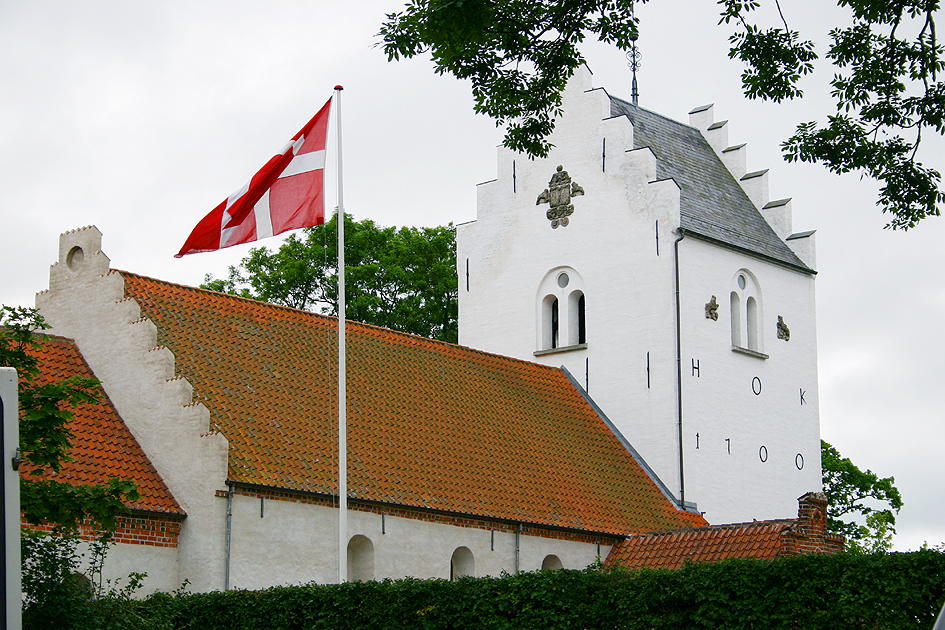Skibby Chronicle on:
[Wikipedia]
[Google]
[Amazon]
 The ''Skibby Chronicle'' (Danish: ''Skibbykrøniken'', Latin: ''Chronicon Skibyense'') is a Danish
The ''Skibby Chronicle'' (Danish: ''Skibbykrøniken'', Latin: ''Chronicon Skibyense'') is a Danish
 The ''Skibby Chronicle'' (Danish: ''Skibbykrøniken'', Latin: ''Chronicon Skibyense'') is a Danish
The ''Skibby Chronicle'' (Danish: ''Skibbykrøniken'', Latin: ''Chronicon Skibyense'') is a Danish chronicle
A chronicle ( la, chronica, from Greek ''chroniká'', from , ''chrónos'' – "time") is a historical account of events arranged in chronological order, as in a timeline. Typically, equal weight is given for historically important events and lo ...
written in Latin
Latin (, or , ) is a classical language belonging to the Italic branch of the Indo-European languages. Latin was originally a dialect spoken in the lower Tiber area (then known as Latium) around present-day Rome, but through the power of the ...
and dating from the 1530s. It is preserved in a manuscript now held at the Arnamagnæan Institute
The Arnamagnæan Institute ( da, Den Arnamagnæanske Samling, formerly ''Det Arnamagnæanske Institut'') is a teaching and research institute established in 1956 to further the study of the manuscripts in the Arnamagnæan Manuscript Collection, th ...
. The manuscript was found during 1650, walled in behind the altar of Skibby Church (''Skibby Kirke''). It was printed in Latin 1773 and translated into Danish 1890-1891.
History
It was found in Skibby Church (''Skibby Kirke'') in NorthZealand
Zealand ( da, Sjælland ) at 7,031 km2 is the largest and most populous island in Denmark proper (thus excluding Greenland and Disko Island, which are larger in size). Zealand had a population of 2,319,705 on 1 January 2020.
It is the 1 ...
, Denmark. It is anonymous but according to many historians, the author was the outstanding humanist Poul Helgesen (Latin: ''Paulus Helie''). Formally the work covers the period 1047-1534, but the main part covers events during the reigns of King Christian II
Christian II (1 July 1481 – 25 January 1559) was a Scandinavian monarch under the Kalmar Union who reigned as King of Denmark and Norway, from 1513 until 1523, and Sweden from 1520 until 1521. From 1513 to 1523, he was concurrently Duke ...
and King Frederick I Frederick I may refer to:
* Frederick of Utrecht or Frederick I (815/16–834/38), Bishop of Utrecht.
* Frederick I, Duke of Upper Lorraine (942–978)
* Frederick I, Duke of Swabia (1050–1105)
* Frederick I, Count of Zoll ...
.
The work is a sometimes very personal description of Danish history during the last decades of Roman Catholicism
The Catholic Church, also known as the Roman Catholic Church, is the List of Christian denominations by number of members, largest Christian church, with 1.3 billion baptized Catholics Catholic Church by country, worldwide . It is am ...
, marked by the author’s sympathy for and (mainly) antipathy against the political actors. Especially his portrait of Christian II is a very subjective one, affected by his negative attitude to the king’s anti-aristocratic policy and his use of violence. Also Frederick I, regarded by Helgesen as a traitor
Treason is the crime of attacking a state authority to which one owes allegiance. This typically includes acts such as participating in a war against one's native country, attempting to overthrow its government, spying on its military, its diplo ...
to the Roman Catholic
Roman or Romans most often refers to:
*Rome, the capital city of Italy
*Ancient Rome, Roman civilization from 8th century BC to 5th century AD
*Roman people, the people of ancient Rome
*'' Epistle to the Romans'', shortened to ''Romans'', a lette ...
cause, is harshly treated. The description ends abruptly during the Count’s War (1534–36), perhaps because of Helgesen’s death ca. 1534.
Formally the chronicle is built up very much like the annals
Annals ( la, annāles, from , "year") are a concise historical record in which events are arranged chronologically, year by year, although the term is also used loosely for any historical record.
Scope
The nature of the distinction between ann ...
, which means that great and small events are often mentioned together – deaths among the local clergy alternating with battles and wars – but it often contains valuable material. For instance, the nobility’s letter of complaint over Christian II is repeated.{{cite web, url= http://www.danmarkskonger.dk/king36.htm, title= King Christian 2nd
, publisher= danmarkskonger.dk , accessdate=December 1, 2018
In general the chronicle reflects the author’s bitterness, sorrow and frustration because of the course of events. His hot temper often breaks through, invectives and personal injuries reveal a man who was deeply engaged in the struggle. His hatred toward the Protestant
Protestantism is a Christian denomination, branch of Christianity that follows the theological tenets of the Reformation, Protestant Reformation, a movement that began seeking to reform the Catholic Church from within in the 16th century agai ...
agitators
The Agitators were a political movement as well as elected representatives of soldiers, including members of the New Model Army under Lord General Fairfax, during the English Civil War. They were also known as ''adjutators''. Many of the ideas o ...
is just as outspoken as is his contempt and indignation at the last Roman Catholic bishops
Roman or Romans most often refers to:
*Rome, the capital city of Italy
*Ancient Rome, Roman civilization from 8th century BC to 5th century AD
*Roman people, the people of ancient Rome
*''Epistle to the Romans'', shortened to ''Romans'', a letter ...
and their behaviour. In spite of this subjectivity, the chronicle makes an interesting picture of pre-Reformation Denmark viewed through the eyes of a disillusioned Reform Roman Catholic.
References